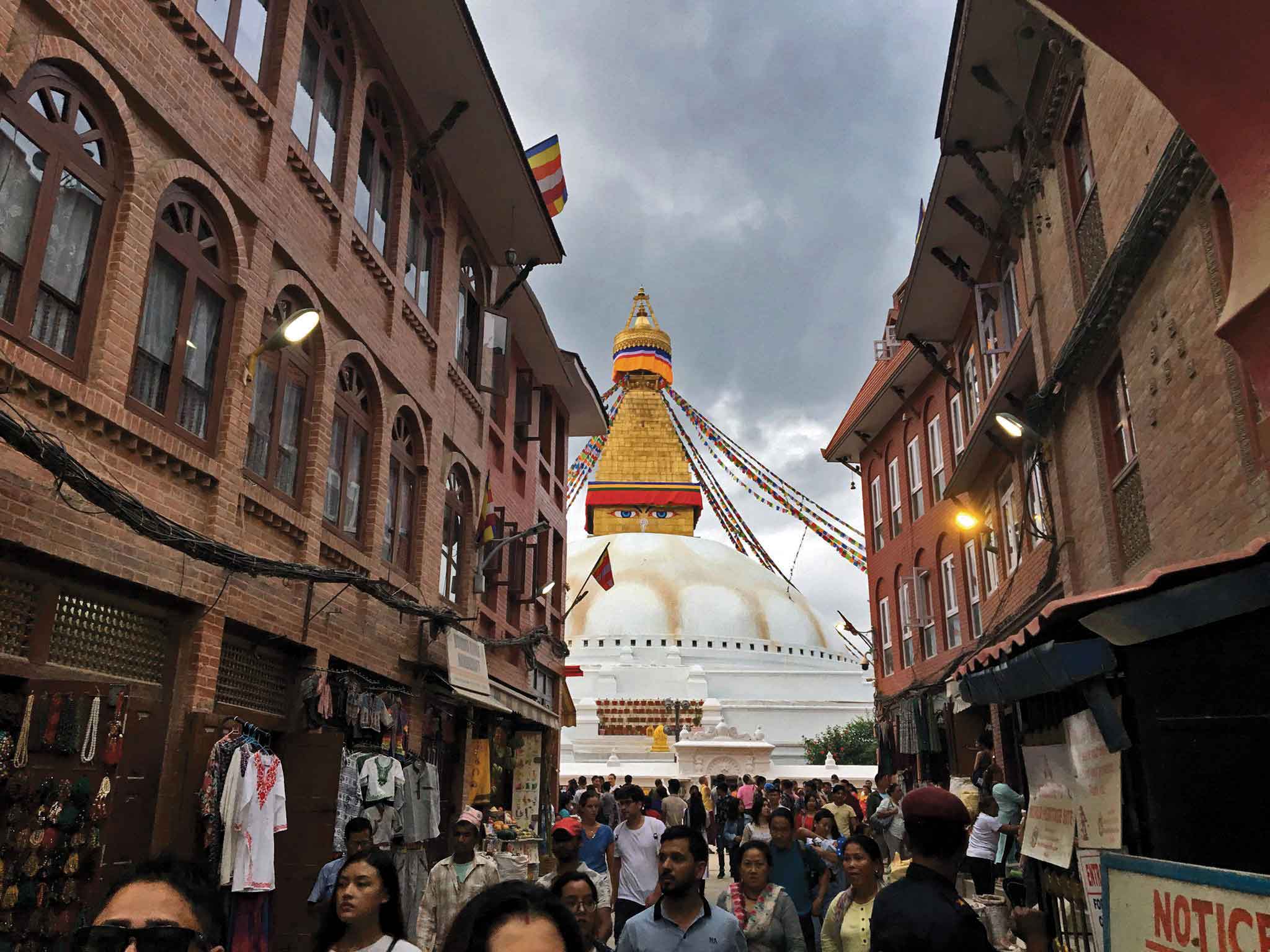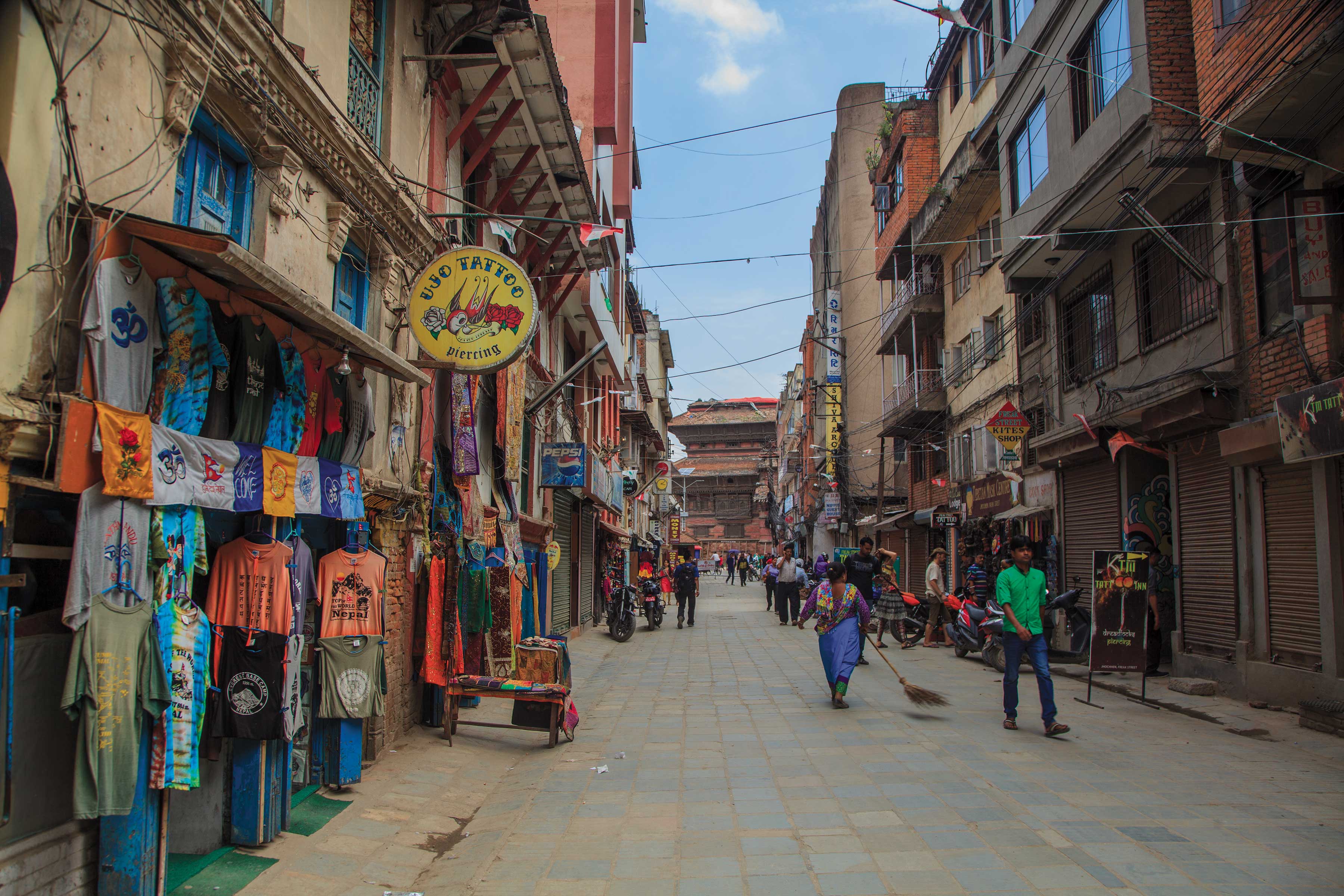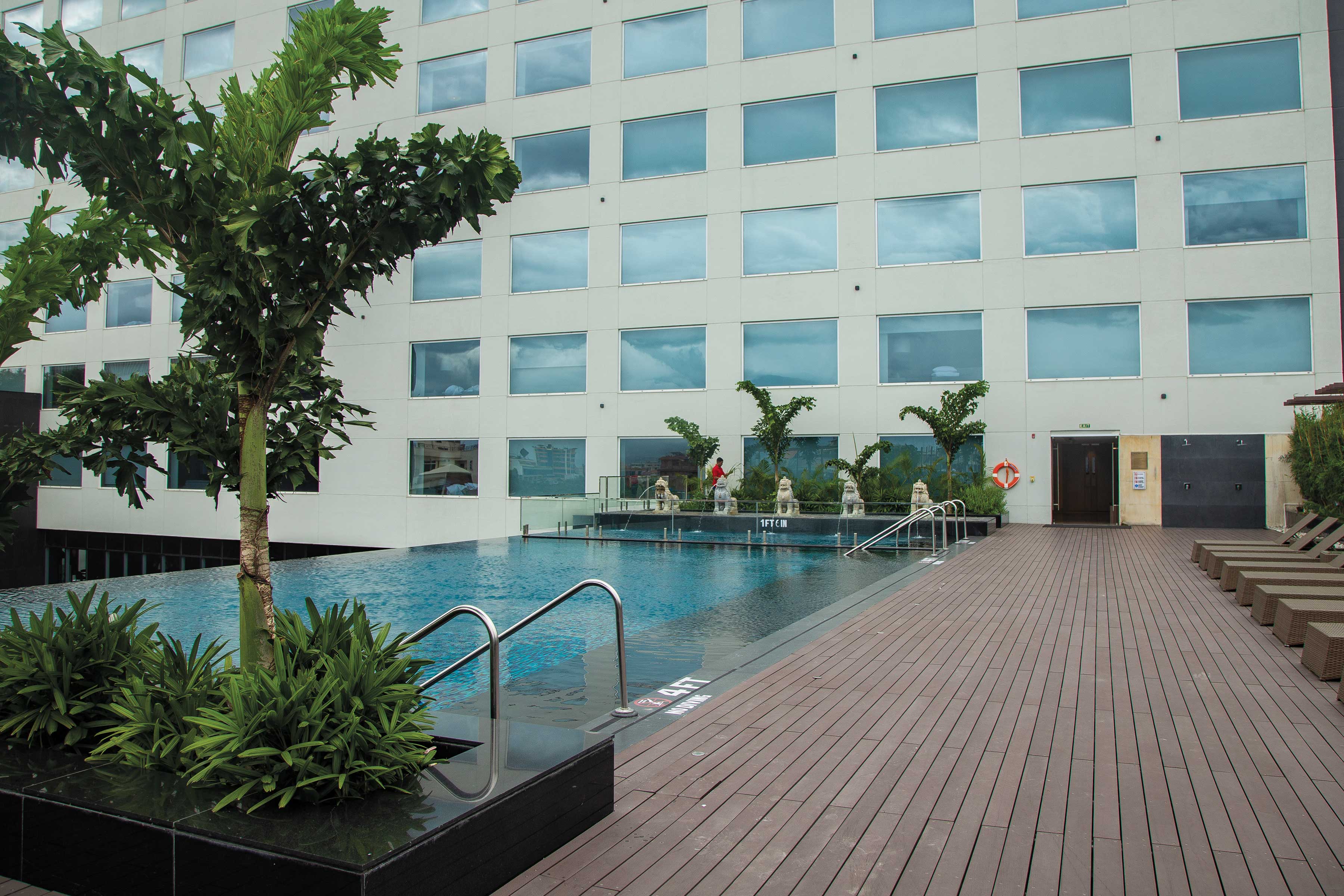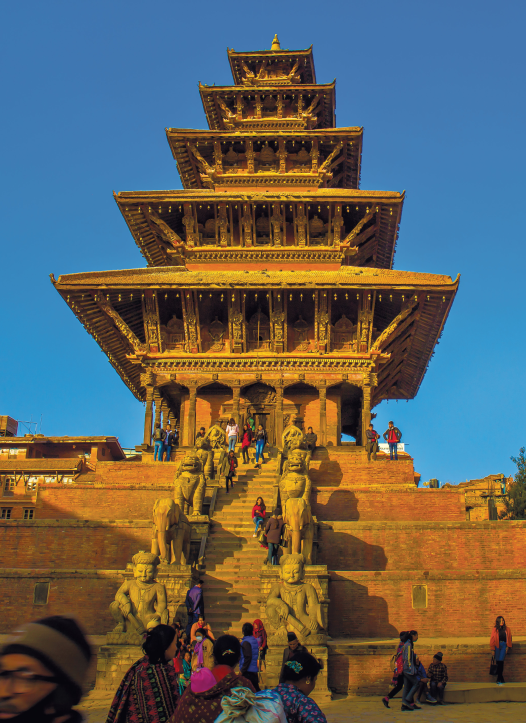The efforts of a few instrumental people have gone a long way in preserving the national parks and wildlife of the country.
In 1973, the National Parks and Wildlife Conservation Act was passed by the country’s legislative, providing a legal framework for the establishment of national parks and ultimately directed towards wild life and bio-diversity conservation. National parks and protected areas were carved out under different modalities but their approach had a rigid single-minded focus towards the conservation of nature. The people living around them were largely left out.
 “The idea behind Annapurna Conservation Area has two root aspects: on the one hand the current modality of conservation at the time was moving people away from the protected areas. Chitwan, Bardiya National parks did that, and it was based on a strict protocol of protection. People were moved from Rara and Jagdishpur (Chitwan),” says Dr. Siddhartha Bajracharya, going back to the mid eighties. It was a time when the concept behind Nepal’s largest (about 7,629 sq. km) and most successful conservation example was being conceived. “At the same time it was seen that Annapurna had a lot of potential; it had great scenic beauty. A group lobbied that it should be made a National Park,” he adds. A team consisting of Mingma N. Sherpa, Chandra Gurung and Brot Coburn then surveyed the area for prospects. But it was evident that moving all the people from the area would have be a ‘socio-economic disaster’. “They were conserving the place on their own; the people were not the problem. There wasn’t a lot of hunting going on and not much destruction of the environment for that matter”. The proposal that was finally prepared, formulated a conservation area that would integrate people into conservation. The government as well as the global community was not convinced though. “We were to do a pilot project in Ghandruk for a year, which went by in planning alone,” says Bajracharya. For the next three years Dr. Bajracharya - now the Executive Officer for Mountain Environment under the National Trust for Nature Conservation, which looks after the Annapurna Conservation Area Project - and others conducted massive awareness campaigns, formed conservation committees, and most importantly introduced energy consumption reduction strategies. “We built micro hydro projects there. There was so much energy at the place at the time. The place had such unity, undivided on political lines. Old men would walk three days carrying penstock pipes and such on their backs from the nearest road head. We felt guilty of it,” he describes.
“The idea behind Annapurna Conservation Area has two root aspects: on the one hand the current modality of conservation at the time was moving people away from the protected areas. Chitwan, Bardiya National parks did that, and it was based on a strict protocol of protection. People were moved from Rara and Jagdishpur (Chitwan),” says Dr. Siddhartha Bajracharya, going back to the mid eighties. It was a time when the concept behind Nepal’s largest (about 7,629 sq. km) and most successful conservation example was being conceived. “At the same time it was seen that Annapurna had a lot of potential; it had great scenic beauty. A group lobbied that it should be made a National Park,” he adds. A team consisting of Mingma N. Sherpa, Chandra Gurung and Brot Coburn then surveyed the area for prospects. But it was evident that moving all the people from the area would have be a ‘socio-economic disaster’. “They were conserving the place on their own; the people were not the problem. There wasn’t a lot of hunting going on and not much destruction of the environment for that matter”. The proposal that was finally prepared, formulated a conservation area that would integrate people into conservation. The government as well as the global community was not convinced though. “We were to do a pilot project in Ghandruk for a year, which went by in planning alone,” says Bajracharya. For the next three years Dr. Bajracharya - now the Executive Officer for Mountain Environment under the National Trust for Nature Conservation, which looks after the Annapurna Conservation Area Project - and others conducted massive awareness campaigns, formed conservation committees, and most importantly introduced energy consumption reduction strategies. “We built micro hydro projects there. There was so much energy at the place at the time. The place had such unity, undivided on political lines. Old men would walk three days carrying penstock pipes and such on their backs from the nearest road head. We felt guilty of it,” he describes.
Reducing energy consumption was important for the area to retain its woods as fire burnt constantly on forest logs for “entire days”. Foreigners staying over looked for hot showers, which the village provided by heating water on firewood. If the project was going to save wild life it had to be able to save the forests. Solar energy, another key strategy, was also introduced around the same time. “We said, we would install solar heaters for free and still nobody took the offer. It was because there was still some cost attached to it like building a different kind of bathroom, fitting pipes and such. So we said, okay, we will put it in our own offices. It was cold after all, water heaters be nice. When it was clear that the water was hot even in days without any sun, one local installed it and then almost everybody followed.” Today the conservation area accommodates about a thousand hotels, all of which have solar heaters. Such strategies in conjunction with forestation initiatives and a ban on campfires (which required about two to three trees) have come a long way in saving the natural beauty and bio-diversity of the area. The project expanded in later phases: first east of Ghandruk to Lamjung and then finally to Manang, Mustang and everywhere else.
 The early interventions, however, required some innovation to get through and convince people. Strategies focused on what would matter to whom. “We convinced the hoteliers by saying they required nature for business. We brought in mother groups and told them what hunting or loss of habitat would do to a mother deer. We showed them slides and told them, “Look at that pregnant deer, its unborn child will die with it if it is hunted’ or ‘What will that baby deer do without a home or a mother’,”, Dr. Bajracharya explains.
The early interventions, however, required some innovation to get through and convince people. Strategies focused on what would matter to whom. “We convinced the hoteliers by saying they required nature for business. We brought in mother groups and told them what hunting or loss of habitat would do to a mother deer. We showed them slides and told them, “Look at that pregnant deer, its unborn child will die with it if it is hunted’ or ‘What will that baby deer do without a home or a mother’,”, Dr. Bajracharya explains.
Today, the project is a shining success. It is the first protected area to allow local residents to live within its boundaries and to have done this without army assistance. Today it is quoted in international circles as a great example of community-based conservation. The project has expanded ever since its inception in 1986, covering areas such as community development, education and skill trainings. Tourism has prospered like never before. About 80,000 tourists trek up the pristine hills, mountains and woodlands of the area annually. However, as the footfall has continued to increase, some negative externalities have entered the picture as well. Kishan Gurung, a local who runs the Gurung Cottage, is also the Chair of the Tourism Development Committee, which manages the ‘community control-based’ tourism in the area. He acknowledges the fact that prices have risen in the villages as business has expanded. “Not all the people are engaged in tourism here, and we have felt the impact too,” he says, accepting the negative impacts. “It has been commercialized; there is a rich poor gap. But this is bound to happen anywhere in the world, where living standards have gone up.”
When I ask him what his thoughts are, looking back at the project, he tells me it has been a success, especially with regards to the integration of the community and tourism into conservation. “In 1990, a reputed French scientist predicted in an international journal that much of the forest in the area would not remain. Twenty years later he came back and admitted that he had been wrong in assuming this.”











